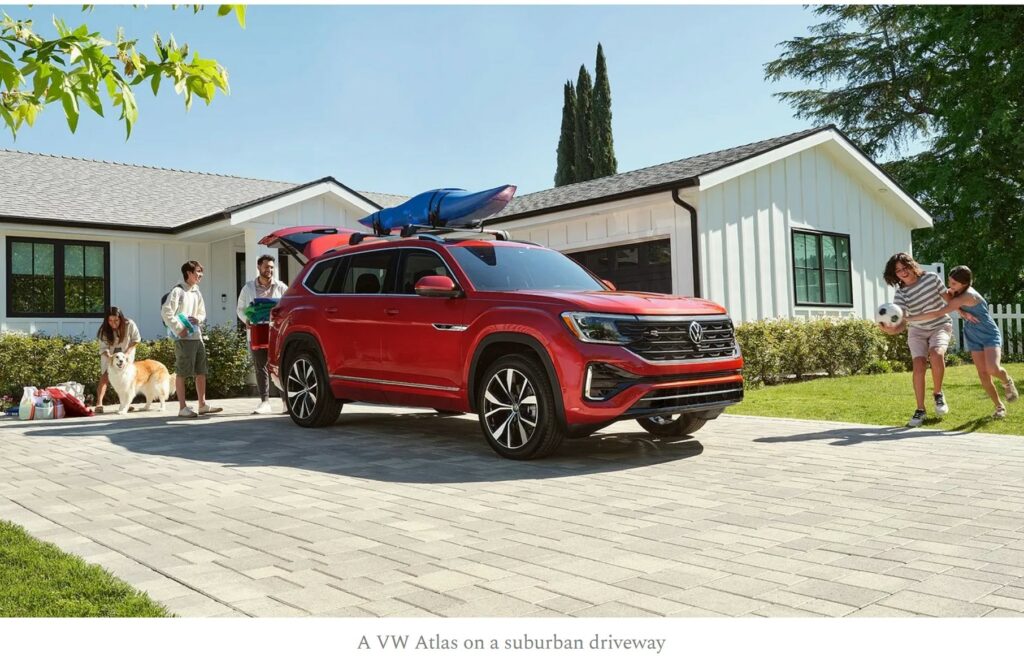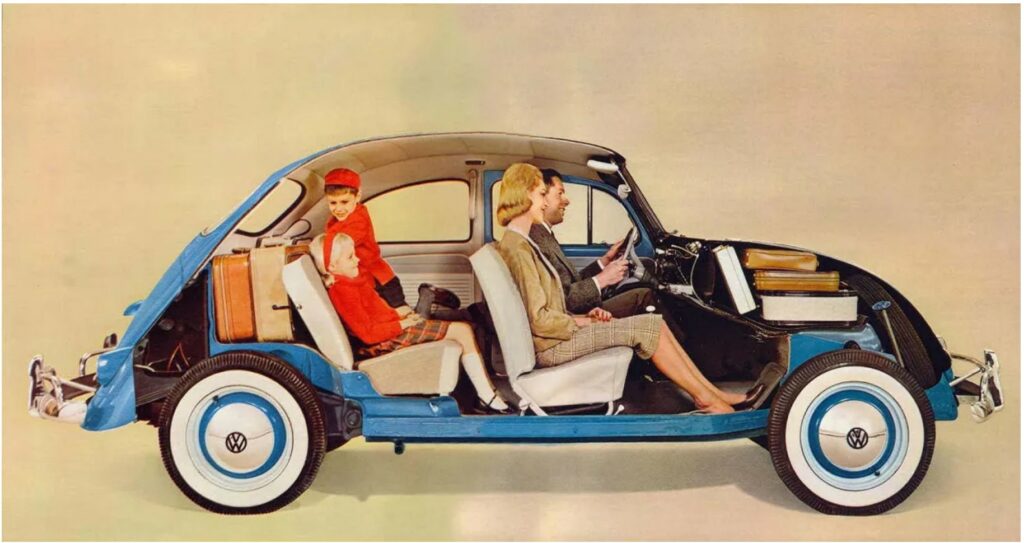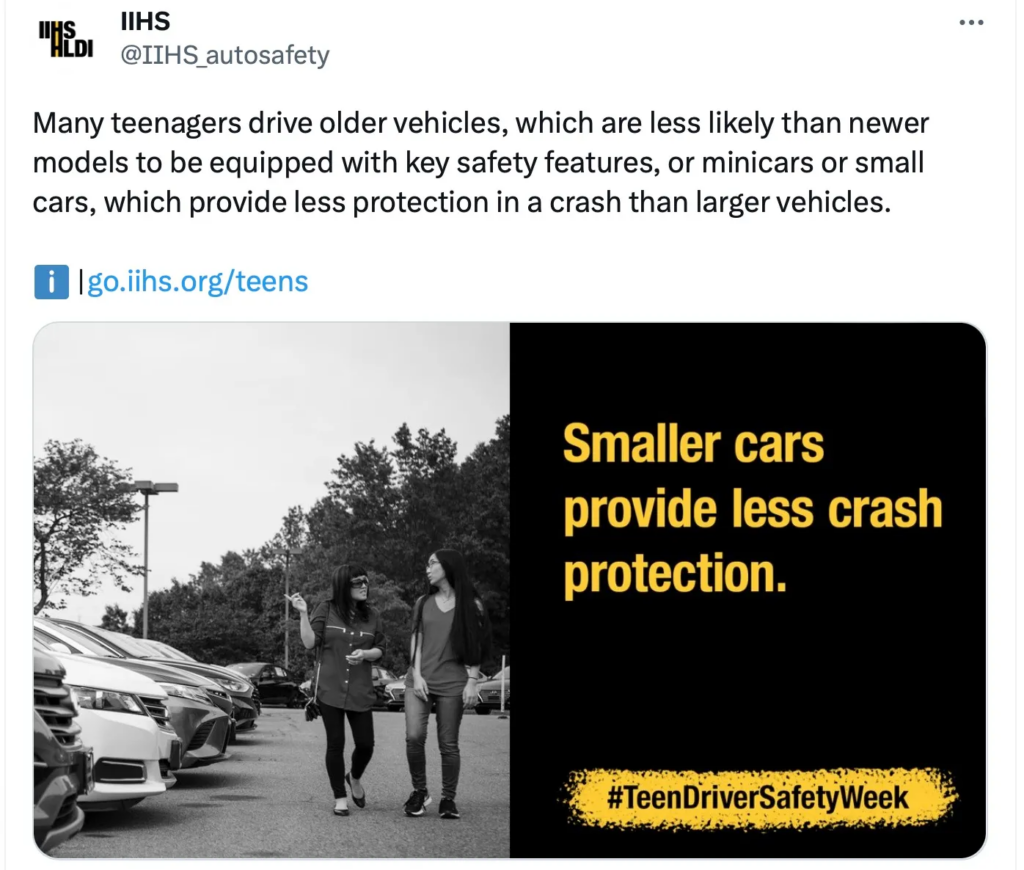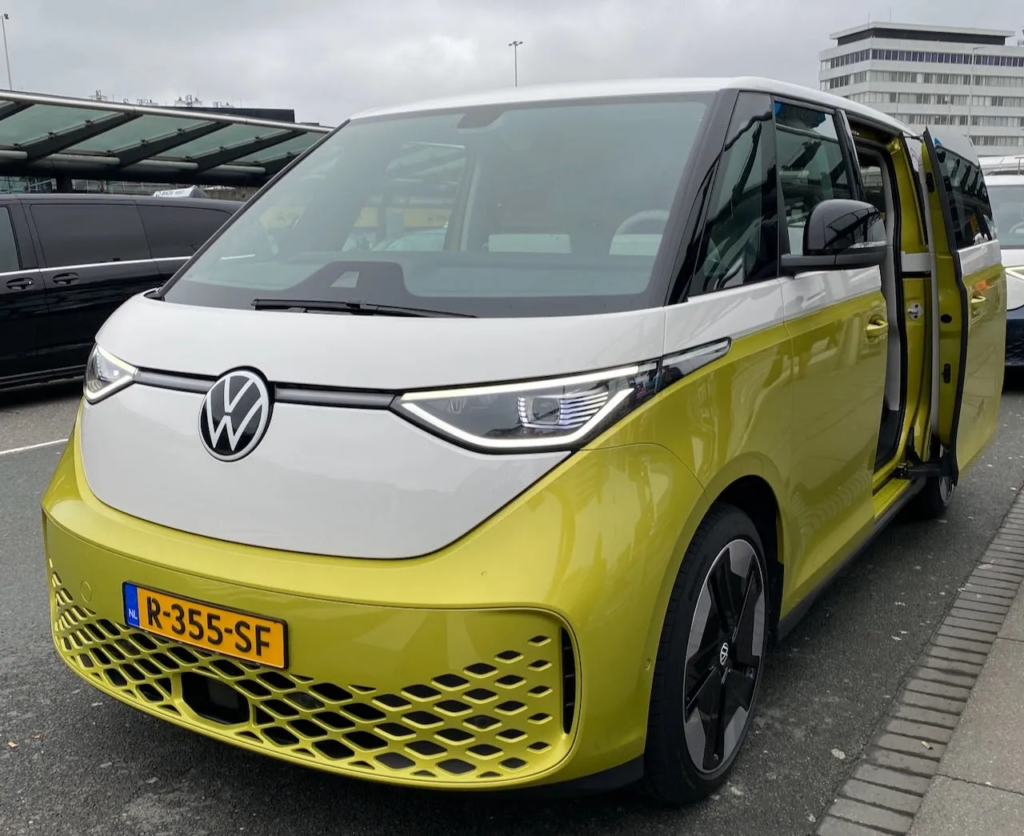Too Big, too Loud, and Too fast appears to be the thing these days. Either they are jacked up squatting, large tired, multiple rear tires, altered mufflered, adjusted emission control to emit soot from acceleration, etc. Anything to gain attention for those who probably never received such while growing up. As children, we all had our favorite displays of machoism and then we grew up. Other things became more important than the vehicle we drove. Some never made it out of being teenager and needing attention. And automakers are playing to this fantasy world of the buyers. The reality being we are using up resources by having such vehicles to satisfy our vanity. “ Vanity… Definitely, the (my) favorite sin“ The Carbon Upfront article covers many
Topics:
Angry Bear considers the following as important: Carbon Upfront, cars, climate change, law, Taxes/regulation, US EConomics, US/Global Economics
This could be interesting, too:
NewDealdemocrat writes JOLTS revisions from Yesterday’s Report
Joel Eissenberg writes No Invading Allies Act
Bill Haskell writes The North American Automobile Industry Waits for Trump and the Gov. to Act
Bill Haskell writes Families Struggle Paying for Child Care While Working
Too Big, too Loud, and Too fast appears to be the thing these days. Either they are jacked up squatting, large tired, multiple rear tires, altered mufflered, adjusted emission control to emit soot from acceleration, etc. Anything to gain attention for those who probably never received such while growing up. As children, we all had our favorite displays of machoism and then we grew up. Other things became more important than the vehicle we drove.
Some never made it out of being teenager and needing attention. And automakers are playing to this fantasy world of the buyers. The reality being we are using up resources by having such vehicles to satisfy our vanity. “
Vanity… Definitely, the (my) favorite sin“
The Carbon Upfront article covers many of the legal reasons for “not” allowing automakers to satisfy our vanity with their vehicles.
Car bloat is getting ridiculous and must be stopped, Carbon Upfront, Lloyd Alter, September, 2023
I complain about pickup trucks all summer, and now it is time to complain about SUVs.
After a summer up north complaining about giant pickup trucks and previously writing It is time for limits on truck and SUV size and weight. I am at it again. I am back in the city in 32°C heat, wondering why?
While trying to run this morning, I saw a giant black SUV with a Volkswagen symbol and the name ATLAS on the rear gate. Then I saw another. At first, I smiled at another example of VW’s penchant for naming cars after inappropriate mythological characters. They once named a luxury car Phaeton, who crashed, burned, and died. Now they have Atlas, who can’t move, forever stuck in one place, holding up the sky. I stopped smiling when I considered how big this thing was.
According to a recent Toronto Star article,
Volkswagen, the German auto giant car-centric as recently as 2013, is now firmly focused on SUVs. There’s no better example of this sea change than the Atlas. A three-row, seven-seater built at Volkswagen’s sprawling plant in Chattanooga, Tennessee, the Atlas has become the company’s standard-bearer in North America. The Atlas and its five-seat Atlas Cross Sport sibling, introduced in 2020, have sold a staggering 564,000 units across North America to date, including 62,000 in Canada. It is now one of the bestselling three-row SUVs.
VW used to be the master of the small car, first with the Beetle and then with the Rabbit. My daughter packs two children, two dogs, all their paraphernalia, plus a husband into her 2012 VW Golf. I raised my family in VWs, selling the Beetle because a baby seat didn’t fit (the ad pre-dates baby seats and seat belts) and upgrading to a Jetta. Then and now, you could get a lot into a small car.
But cars aren’t just cars anymore. Infiniti markets its QX80 as a “mobile office” complete with “hands-free texting,” although that driver appears to have something in his hands.
The problem being these cars are not only larger than life. They are also larger than parking spaces, heavier than our roads can handle, and are deadly to everyone outside of them.
In the UK, a recent study found that over 150 car models were too big to fit in the standard UK parking space. None of these were pickup trucks; they were Mercedes and BMWs. The Guardian called it “autobesity:”
All three of the widest cars are sports utility vehicles (SUVs). Often nicknamed “Chelsea tractors”, their use in city centres has long been criticized, with some road safety campaigners calling for them to be banned in busy pedestrian areas. A study published in the Journal of Safety Research last year found that children were eight times more likely to die when struck by an SUV than those struck by a passenger car. Large SUVs weigh an average 2,000kg, although some go up to as heavy as 3,400kg, compared with about 1,200kg for a family hatchback.
The UK parking space is 8 feet by 16 feet; a Toronto space is 8’-6” by 19’-6”, which is significantly bigger. Many cars don’t fit in this space these days or it is impossible to get out of them if they do. With on-street parking, it means fewer cars can park and less revenue for the city. It is the same issue as in the UK, just bloated.
This morning, the Guardian has another Autobesity article noting that big SUVs produce significantly more particulate pollution from brake and tire wear.
“The brakes in the large SUV had to work twice as hard as those in the small compact car, resulting in greater particle pollution.”
Dr. William Hicks of Imperial College London also notes, aggressive driving makes a big difference:
“I was also surprised by the extent to which driving styles can influence brake-wear emissions. Aggressive driving and braking, which is common in city driving, causes more direct abrasion between disc and pad, but also heats the brakes up, causing more ultrafine particle emissions too.”
Writer and transportation expert David Zipper writes on LinkedIn:
“I’ve been studying car bloat. The process through which smaller vehicles are replaced by increasingly massive SUVs and trucks. What I’ve learned: Huge cars are terrible for society, often in ways that are hidden.”
He links to many of the same studies (often from the Insurance Institute for Highway Safety (IIHS) I have over the years and concludes:
To summarize, car bloat is terrible – for road safety, for the planet, for equity, and for road maintenance. But bigger cars are often more profitable, so automakers like making them. The only way out: Government action. What should we do?
-Tax vehicles by weight. France, Norway, and the District of Columbia have all begun doing this.
-Test vehicles for pedestrian and cyclist safety (still doesn’t happen in the US).
-Require a Commercial Driver’s License for the most gigantic vehicles.
He’s right. The problem does get worse every year. As I noted earlier, SUVs and pickups take up too much space and kill far too many pedestrians and cyclists. And organizations that should know better (like the IIHS) are blowing it.
And what does the IIHS do? Instead of making insurance more expensive because of the externalized costs from the deaths of so many pedestrians and cyclists. The IIHS encourages their use because the death rate of the people inside is lower. This has been US Government policy as well: they just don’t care very much about people outside the vehicle. As law student John Saylor wrote in his wonderful paper The Road to Transportation Justice: Reframing Auto Safety in the SUV Age about this crisis “disproportionately burdens women, people of color, and low-income people.”
“Despite mounting criticism, federal auto-safety regulators at the National Highway Traffic Safety Administration (NHTSA) have yet to meaningfully respond to this crisis. NHTSA’s historic and ongoing failure is a product of a fundamentally consumer-protectionist vision of road safety. Over the past fifty years, federal policymakers have centered the automobile purchaser as the appropriate beneficiary of auto-safety policy, regulating automobile safety primarily for the people inside them with little regard for equity or negative externalities for other road users.”
Saylor and David Zipper both note that there is little testing of North American vehicles for pedestrian safety. In Europe, testing every vehicle ensures injuries are minimal. Europeans get broken legs as they roll onto the hood. In North America people get shredded by a wall of steel. Lawyer Greg Shill has written about this:
“NHTSA’s decision not to act has left pedestrians at the mercy of heavier and taller vehicles….It is not hyperbole to observe that, left by NHTSA to its own devices, the invisible hand is pushing large numbers of pedestrians to their demise.”
This summer, I was surprised to see so many GMC Sierras on the road. Perhaps, they stood out because their fronts are so high, and their grilles look like they could be used as cheese-graters. These are seriously intimidating vehicles. But that was in the country; Now that I am back in the city, the VW Atlas SUVs seem to be everywhere.
When I was in Amsterdam earlier this year, I got buzzed around town in the new VW ID Buzz van, which has a smaller footprint than our little Subaru Impreza and is way smaller than the VW Atlas. It only seats 5 in two rows; apparently, there are taxes and fees that are much higher when the capacity is greater. They are adding a foot of length and a third row for their export model coming to North America later this year.
This is the approach we need in North America. Whether through safety testing, taxes on weight, or licensing requirements, something has to be done. Good design might help as well; give us more options like the Buzz, so that we can have more cute little boxes and fewer bloated SUVs.
Limits on pickup truck and SUV size and weight, Angry Bear.









